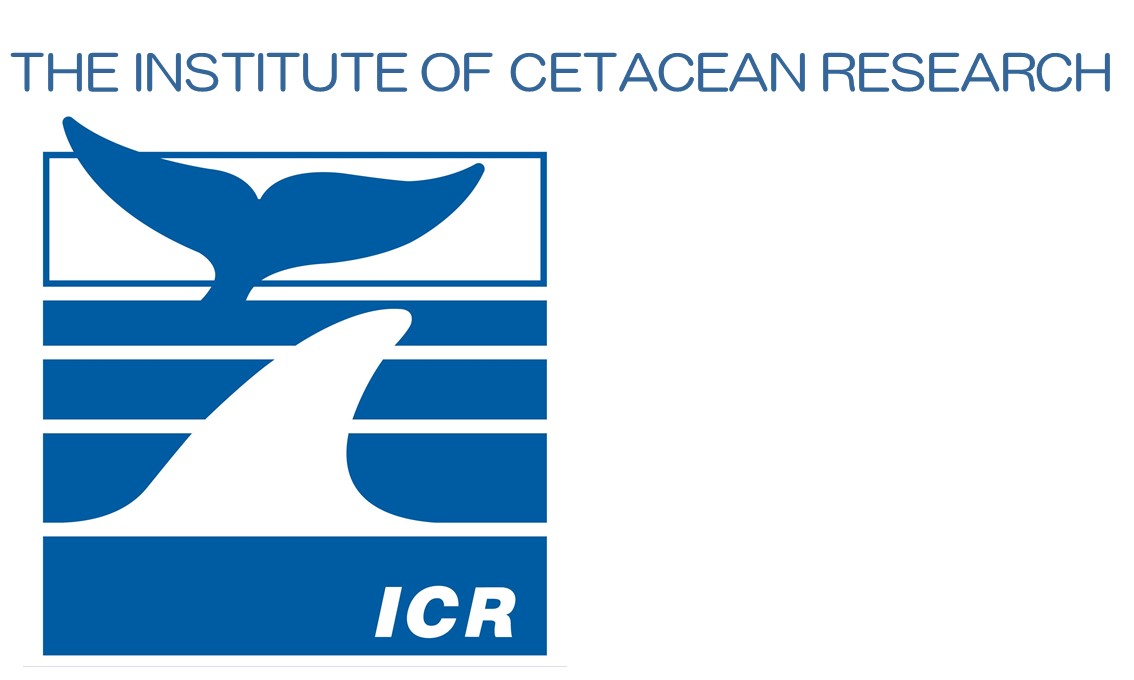Whale Research Body Welcomes New Abundance Estimate for Antarctic Minke Whales
2012/07/06 Panama City, Panama
Japan's Institute of Cetacean Research (ICR) welcomes the IWC Scientific Committee's agreement on a new abundance estimate for Antarctic minke whales. This new estimate clearly demonstrates the population is healthy and able to support a sizeable sustainable annual harvest.
"The IWC now has to show that it is prepared to listen to science, it is prepared to put aside political differences and, based on the new agreed abundance, it is prepared to set an annual harvest quota greater than zero for the Antarctic minke whale," the Director General of the ICR, Dr Yoshihiro Fujise said today.
After a detailed review lasting almost 10 years and despite differences in survey methods and assessments, the IWC Scientific Committee has agreed on an abundance figure of 515,000 with a 95% confidence interval [361,000, 733,000] for the Antarctic minke whales, for open-waters south of 60°S.
"The fact is that more than half a million Antarctic minke whales can easily support an annual harvest," Dr Fujise said. "A quota derived from this new abundance estimate can be sustainable and have no adverse effect on the Antarctic minke whale.
He added that the agreed abundance estimate further demonstrates that Japan's whale research programme in the Antarctic (JARPA II), which includes non-lethal research components and lethal research on a maximum of 850 Antarctic minke whales, has no effect on the stability of overall population levels in the Antarctic.
The Scientific Committee stated that the IWC's Antarctic cruises to determine abundance over many years (IDCR/SOWER cruises) were neither synoptic nor did they cover the entire range of potential Antarctic minke whale habitat.
The Committee suggested a number of possibilities to explain estimate differences between two different circumpolar cruises (CPII and CPIII), although the differences are not statistically significant: a much higher proportion of whales were located in the ice field or in open-water areas within the ice field in CPIII; extensive longitudinal whale movements from year to year; a higher proportion of the total population was north of 60 degrees South during CPIII; intra-year movements in open water within the surveyed areas that were not adequately covered by the trackline design in space and time; and/or a genuine decrease in abundance of Antarctic minke whales.
"In light of this agreed abundance estimate, the moratorium on commercial whaling is clearly outdated and unnecessary for the Antarctic minke whale", Dr Fujise said.
ENDS




